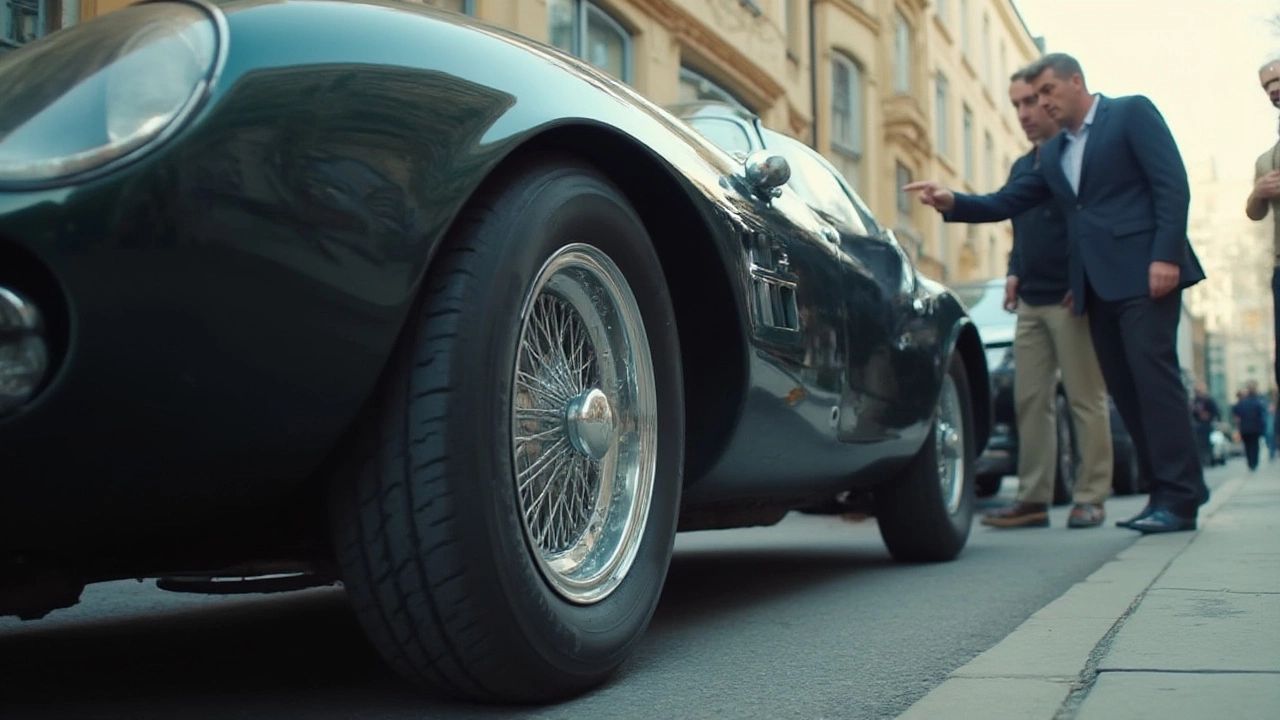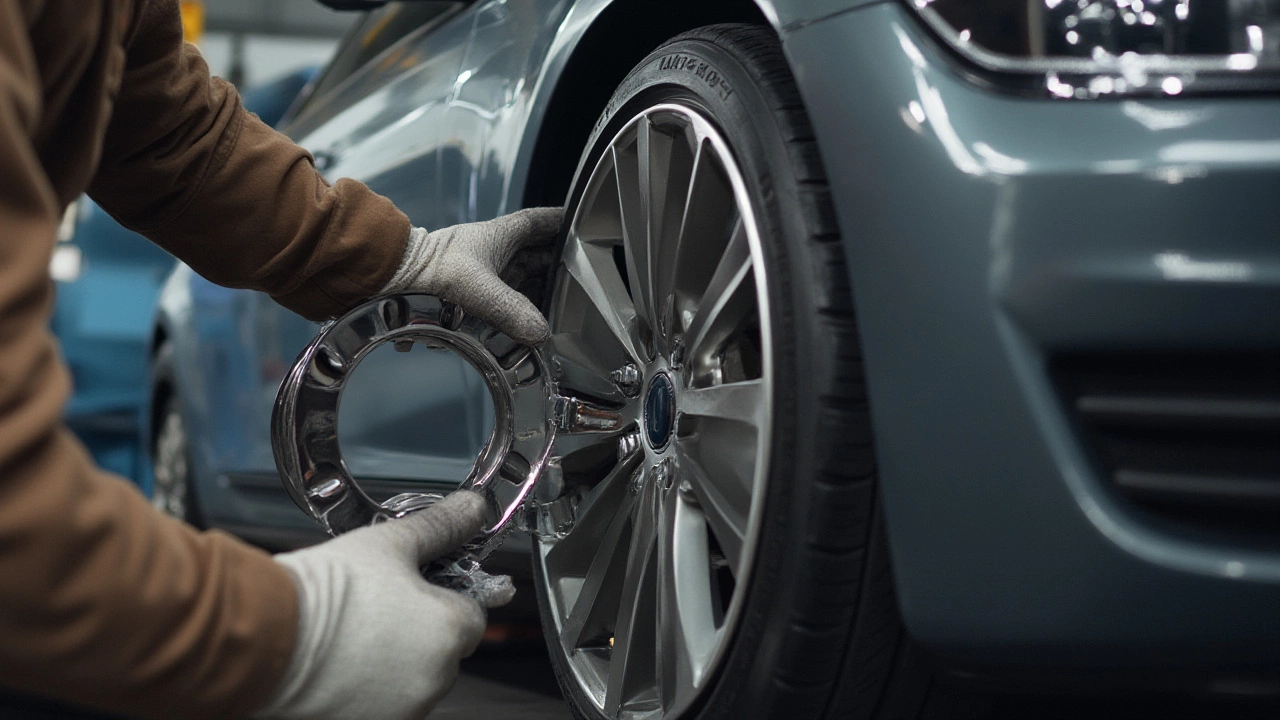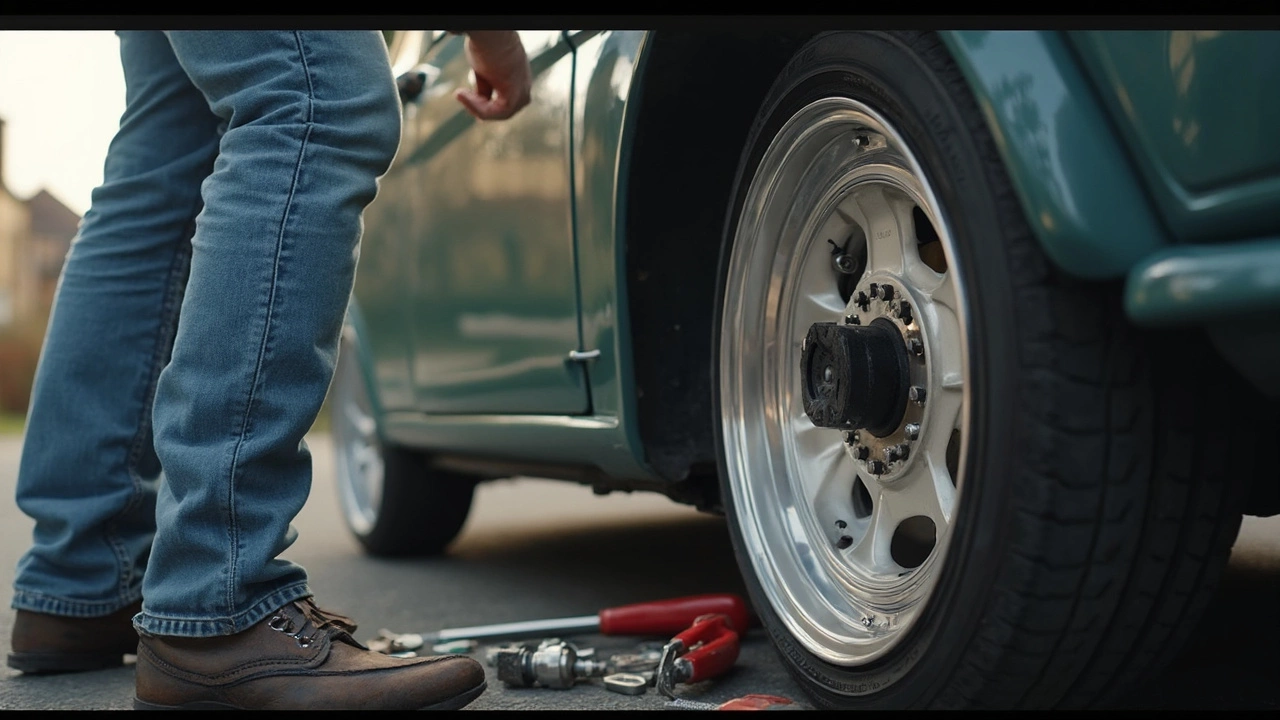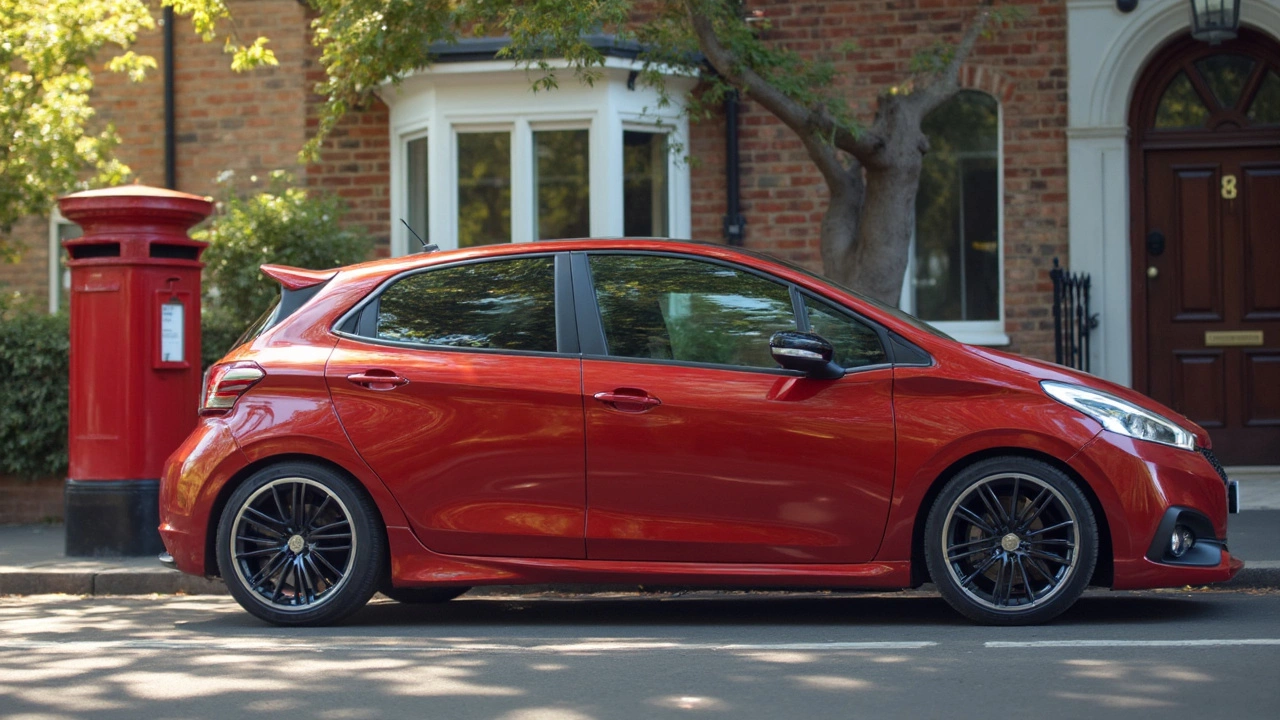Wheel Spacers: What They Are and Why You Might Want One
Ever looked at a car with a really aggressive stance and wondered how they got that extra wide look? Most of the time it’s a set of wheel spacers. A wheel spacer is a simple metal plate that sits between the hub and the wheel, pushing the tire outward. The result is a broader track, a more planted feel, and sometimes a cleaner fit for larger brakes or wider rims.
Choosing the Right Spacer Size
The key to a good spacer setup is matching the thickness to your goals. A 5‑mm spacer adds a subtle flare, while a 20‑mm spacer can dramatically change the car’s appearance. Start by measuring the gap you want between the tire and the fender. Most shops recommend staying under 15 mm unless you’ve upgraded the suspension or have a strong aftermarket support system.
Material matters too. Steel spacers are heavy but cheap; aluminum ones save weight and look nicer. Some spacers come with hub‑centric rings – these line up the spacer’s center bore with the hub’s, reducing vibration. If you’re not sure whether your hub is hub‑centric, grab the wheel’s bolt pattern and compare it to the hub’s bore size.
Installation Basics and Safety Tips
Installing wheel spacers isn’t rocket science, but you do need a few tools: a torque wrench, a jack, and a socket set that fits your lug nuts. First, jack up the car and remove the wheel. Slip the spacer onto the hub, making sure any hub‑centric ring is placed correctly. Then bolt the wheel back on, tightening the lug nuts to the manufacturer’s torque spec. Double‑check that the wheel sits flat against the spacer – any wobble can cause premature bearing wear.
Safety comes first. A spacer adds extra leverage on the wheel studs, so you may need longer‑threaded lug nuts to avoid stripping. Check the clearance around the brake caliper, suspension components and fender. If the wheel rubs during turns, you’ve gone too far out.
After the first drive, re‑torque the lug nuts. The extra stress can shift the fasteners a bit, and a quick check prevents them from loosening later.
Maintenance is simple: keep the spacer bolts clean and free of rust, and inspect the bolts every few thousand miles. If you ever notice unusual noises from the wheel area, pull the car in for a quick inspection.
Wheel spacers can also help with brake upgrades. Bigger brake calipers often need more space, and a thin spacer can give you that room without changing wheel offset. Just remember that larger brakes add weight, so choose a spacer material that balances strength and weight.
In short, wheel spacers are a low‑cost way to change how your car looks and feels. Pick the right thickness, use hub‑centric rings, torque everything to spec, and you’ll enjoy a wider track and better handling without a massive investment.
Wheel spacers themselves don't hurt gas mileage, but when paired with wider tires or poor installation, they can reduce fuel efficiency. Learn the real impact and how to avoid losing MPG.
Wheel spacers can improve your car's look and brake clearance, but they also stress wheel bearings and suspension parts. Learn the real pros, cons, and risks before installing them.
Dive into the downsides of wheel spacers—handling issues, extra wear, and real-world problems they might cause to your car and wallet.
Learn why wheel spacers get a bad rap, the real dangers, the myths car forums spread, and safe alternatives every car owner should know.
Curious if wheel spacers are safe? Get the facts on risks, installation tips, and how spacers affect your car’s safety and handling. No-nonsense answers from real experience.
Wondering if you need wheel spacers? This article walks you through what wheel spacers do, the signs you might need them, and how to spot real-life fitment problems. Get practical guidance on what to look for, common benefits, and possible risks. Learn how wheel spacers change your vehicle’s look and handling, plus smart tips for safe installation. No hype, just what every car owner should know.
Thinking about taking a road trip with wheel spacers on your car? This article breaks down the real-world pros and cons of driving long distance with wheel spacers attached. Learn about their impact on safety, performance, and maintenance so you can decide if they're right for your next trip. We're getting into the myths, facts, and must-know tips for hassle-free driving. If reliability matters to you, read before you hit the highway.
Wheel spacers aren’t just about looks—they can actually change the way your car feels and drives. This article breaks down three real benefits of using wheel spacers, from improved stability to solving stubborn tire fitment issues. You’ll get helpful tips and some eye-opening facts that most people miss when thinking about these handy upgrades. Whether you’re into performance or just want a meaner stance, you’ll find out how spacers make a difference. Get ready to see your daily drive or weekend ride in a new light.
Wheel spacers can be a useful modification for car enthusiasts seeking enhanced aesthetics or better handling. But, just how far can you rely on them while driving? This article explores the ins and outs of wheel spacers, covering what they are, the impact on your vehicle, essential safety tips, and the common misconceptions. Find out what you need to know before hitting the road with spacers on your wheels.
Wondering if it's safe and practical to use wheel spacers for your daily driver? This article delves into the ins and outs of driving with wheel spacers every day. Learn about potential benefits like improved stance and wider tire fitment, as well as considerations like safety implications and maintenance needs. Get tips on choosing the right spacers and ensuring they are properly installed for a smooth ride.
Diving into the world of car modifications can be overwhelming, especially when it comes to understanding the difference between wheel spacers and adapters. Both components serve to adjust the position of your wheels, but they have distinct functions and uses. This article unpacks the specifics, helping you decide which one suits your needs. From enhancing vehicle stability to enabling more exciting customizations, we've got the insights you need.












